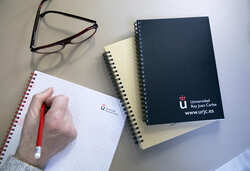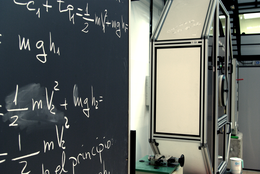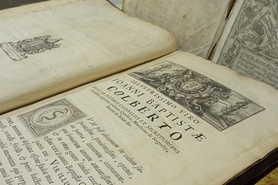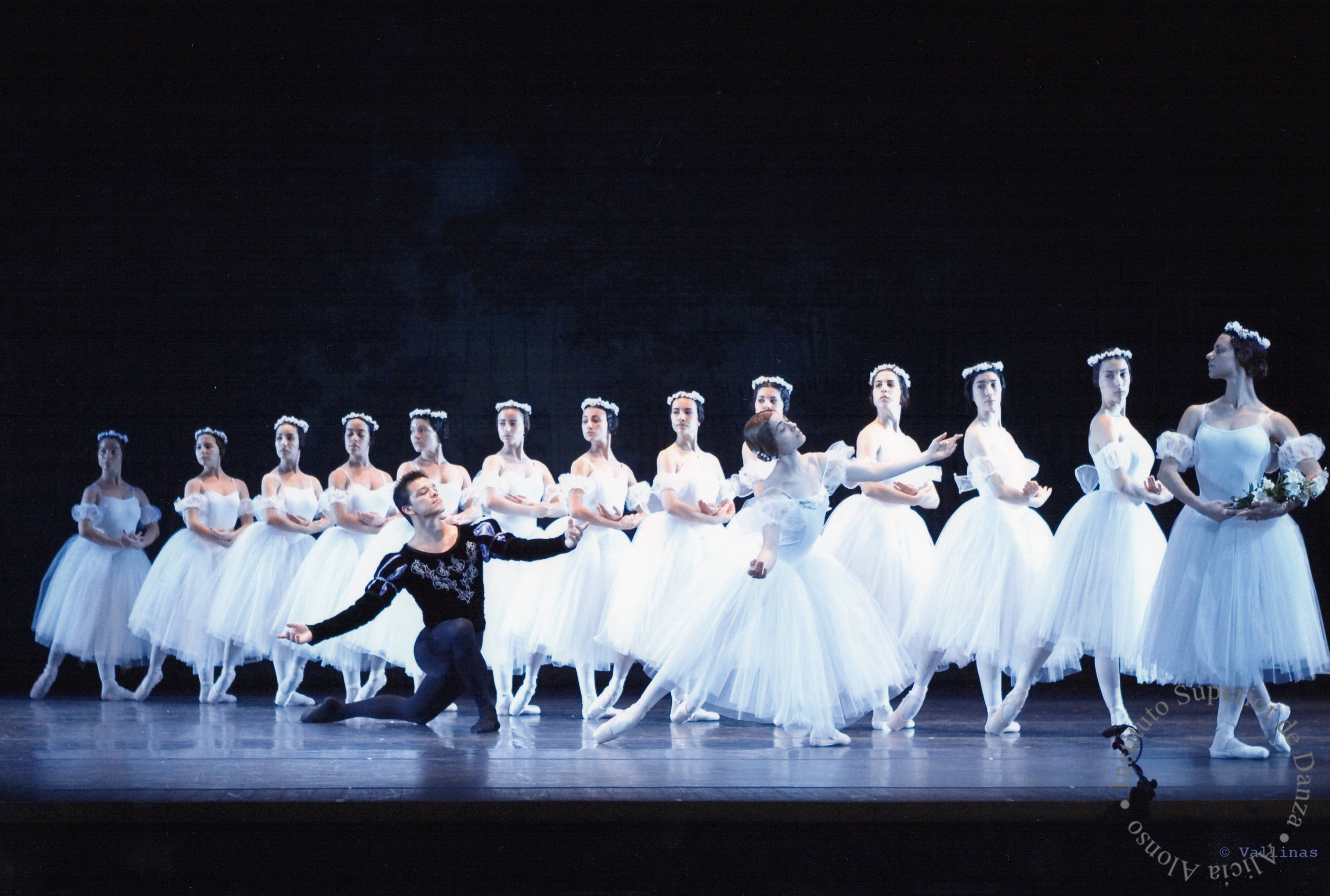
BURJC-Digital es el nombre del Repositorio Institucional de la Universidad Rey Juan Carlos. Tiene como objetivo archivar y preservar la producción científica resultante de la actividad académica e investigadora de la comunidad universitaria, con el fin de difundirla en acceso abierto.
Estadísticas
26,091
Items totales
19,171
Items en acceso abierto
2,404,529
Visitas totales
1,567,227
Descargas totales
Envíos recientes
Sinergias educativas generadas por la interacción de juegos serios y elementos narrativos: integración y cohabitación : Memoria del Proyecto del GID-41 curso 24-25
(2025) Martínez Peñas, Leandro; Fernández Rodríguez, Manuela; Gallegos Vázquez, Federico; Prado Rubio, Erika; Suárez Bilbao, Fernando; San Miguel Pérez, Enrique; Arrazola Ruiz, Sara; Franco Chasán, José
Generar, a través del diseño e implementación de elementos narrativos en interacción con juegos serios, procesos, metodologías y herramientas que catalicen los efectos positivos sobre el aprendizaje, la integración y la motivación del alumnado que ambas metodologías poseen, desarrollando métodos de evaluación objetivos para su plena integración en los programas docentes
Elaboración de catálogo de buenas prácticas para la inclusión de la perspectiva de género en la formación universitaria (PIE24_096)
(2025-06-27) Nuño Gómez, Laura; Martínez de Aragón López, Lara; Fernández Montes, Lidia; Gómez Fernández, Itziar; Pérez-Ugena Corominas, María; Reche Tello, Nuria; Ruíz Garijo, Mercedes
Anexo IIII Memoria Final Proyecto
Inteligencia artificial como respaldo a la aplicación de metodogías activas en Grados de Ingeniería y Arquitectura
(2025-06) de Prado Escudero, Javier; Riquelme Aguado, Ainhoa; Sánchez Martínez, María; Rams Ramos, Joaquín; Muñoz, Bianca Karelia; Torres Barreiro, Belén; Rodrigo Herrero, Pilar; Bonache Bezares, María Victoria; Escalera Rodríguez, Maria Dolores
El proyecto persiste el uso de las posibilidades de la Inteligencia Artificial (IA) generativa de texto para respaldar las acciones de gamificación desarrolladas en el marco del GID. En este sentido se ha hecho uso de estas posibilidades tecnológicas para generar material que posteriormente se ha usado en metodologías de gamificación, que ha tenido una muy buena acogida. Además, se ha fomentado un uso critico de estas tecnologías
“Salud en Pantalla”, creamos contenido visual digital en temas de salud
(2025-06-25) González Azcárate, Isabel; Marín García, Patricia; González-Escalada Mena, María del Alba; Sánchez Nogueiro, Jesús; Martínez Fernández de Sevilla, Lidia
Memoria final del Proyecto de innovación educativa “SALUD EN PANTALLA”, CREAMOS CONTENIDO VISUAL DIGITAL EN TEMAS DE SALUD con código PIE24_061
Compétences et action publique environnementale del collectivités locales en Espagne
(Le Moniteur, 2019-10-30) Iglesias, Ángel H.; Barbeito, Roberto L.
Este capítulo presenta una visión panorámica sobre el margen de maniobra de que disponen los gobiernos locales españoles en materia medioambiental. Para ello expone, por un lado, los recursos competenciales (de carácter sectorial o transversal) que, sobre tal materia, concede la legislación a este nivel básico de la administración territorial. Por otro lado, muestra las variadas iniciativas que, a partir de los instrumentos disponibles, han desplegado los gobiernos locales españoles en la gestión medioambiental, particularmente por lo que respecta a la lucha contra el cambio climático y en beneficio del desarrollo sostenible. Un rasgo llamativo de tales iniciativas es el trabajo coordinado en redes estables de cooperación institucional, de acuerdo con las directrices del Pacto Europeo de los Alcaldes y, sucesivamente, la Agenda 21 y la Agenda 30 de las Naciones Unidas. Finalmente el texto expone lo que, a juicio de los autores, constituyen las principales dificultades que los gobiernos locales deben afrontar para una gestión respetuosa y sostenible de los recursos naturales dentro del marco de la transición ecológica que se está llevando a cabo en los países de la Unión Europea.





